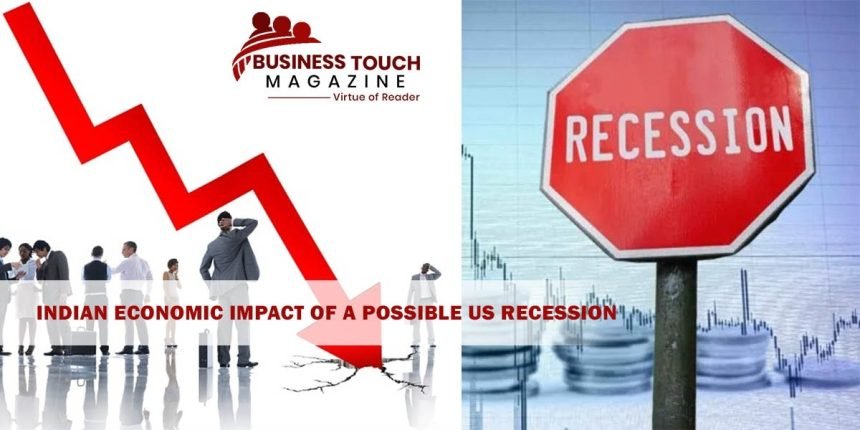It’s becoming harder and harder to ignore the rumblings of an impending economic downturn. There are whispers that a recession in the United States might spread to the rest of the world’s bourses and emerging countries, resulting in massive job losses.
There are no encouraging indicators coming out of the Indian business world.
• Quarterly results from Mukesh Ambani’s Reliance Industries highlighted the possibility of a US recession damaging future profitability.
• Kristalina Georgieva, the head of the International Monetary Fund (IMF), recently cautioned that 2022 and 2023 would be particularly challenging.
• Dark clouds were forming over the global economy when the G20 gathered in April, prompting the IMF to lower its global growth prediction to 3.6% for this year.
• There is no escaping the reality that the IMF’s forecast for the country’s GDP growth rate in 2023 might deteriorate because of the enormous risks. According to Georgieva, “risks have materialised” and “many crises have deepened” since then.
Meanwhile, Indian businesses are preparing for a rough year.
• According to a JP Morgan poll of 142 CIOs from technology businesses, there is a 30% risk of a recession in the US and Europe, and a 35%-38% likelihood of slower growth over the next 12-18 months, according to the respondents.
• CIOs also predicted that IT purchases would have to be postponed in the second half of FY22 by 39 percent of respondents.
• According to a JP Morgan analysis, organizations using TCS, Wipro, and Infosys are more likely to reduce their IT investment in the next months.
Despite the bleak outlook for the IT industry, a startup slaughter in India is already taking place.
• More than 11,360 people have been put off since July 14, according to Inc42, a news service that closely monitors the Indian tech, startup, and internet industry.
• Many industry insiders expect that 60,000 startup workers will lose their employment by the year 2022, and they don’t see that number decreasing any time soon.
• Startups like Ola and Blinkit have already laid off their staff, as well as Vedantu, Cars24, Mobile Premier League (MPL), Lido Learning, Mfine and Trell.
In the midst of all this doom and gloom, the Reserve Bank of India still sees some reason for optimism (RBI).
• The central bank’s belief that “unjust inflation may be peaked” has been fueled by the recent moderation in crude oil prices and their subsequent impact on commodities throughout the world.
• According to the Reserve Bank of India, a plentiful southwest monsoon this year will pave the way for an equally rich harvest the next year, when rural demand will catch up to urban expenditure and help solidify the recovery.
• If the recent moderation in commodity prices and supply chain pressures persists, the worst of the recent spike in inflation will be left behind, allowing the Indian economy to escape the global inflation trap and enjoy the fruits of the ebullient supply response, the RBI said in a July 16 article titled, ‘State of the Economy’.
With so much at stake, the Reserve Bank of India (RBI) has reason to be optimistic about the economy. In a recessionary climate, demand shrinks, and as a result, expenditure is severely curtailed across the board. According to demand data on the ground, this is not the case.
Consider, for example, June’s substantial rise in transportation indices.
• Railways freight traffic grew over pre-pandemic levels and of those from over a year ago (11.3% year-on-year) in June, 2022.
• Coal and cement freight transportation increased, according to the latest data.
• Coking coal and thermal coal freight, as well as other miscellaneous cargo, accounted for nearly 39% of total cargo in June, resulting in a 13.6% year-over-year rise in cargo volume at key port terminals.
• In May and June of 2022, construction activity remained on the rise, with cement output and steel consumption both increasing beyond levels seen prior to the epidemic.
• Given that demand outstripped supply, increased input prices had no impact on the cement industry’s capacity utilization rate in June of 2022, when it hit 70%.
This doesn’t diminish the country’s susceptibility to foreign shocks, which is mostly dependent on the price of crude oil.
• Current account deficit, inflation and growth are all affected by changes in crude oil prices. Fiscal strength and rupee levels are also affected.
• Indian currency gurus are sounding the alarm bells, warning that the rupee is on its way to 81-82 levels.




